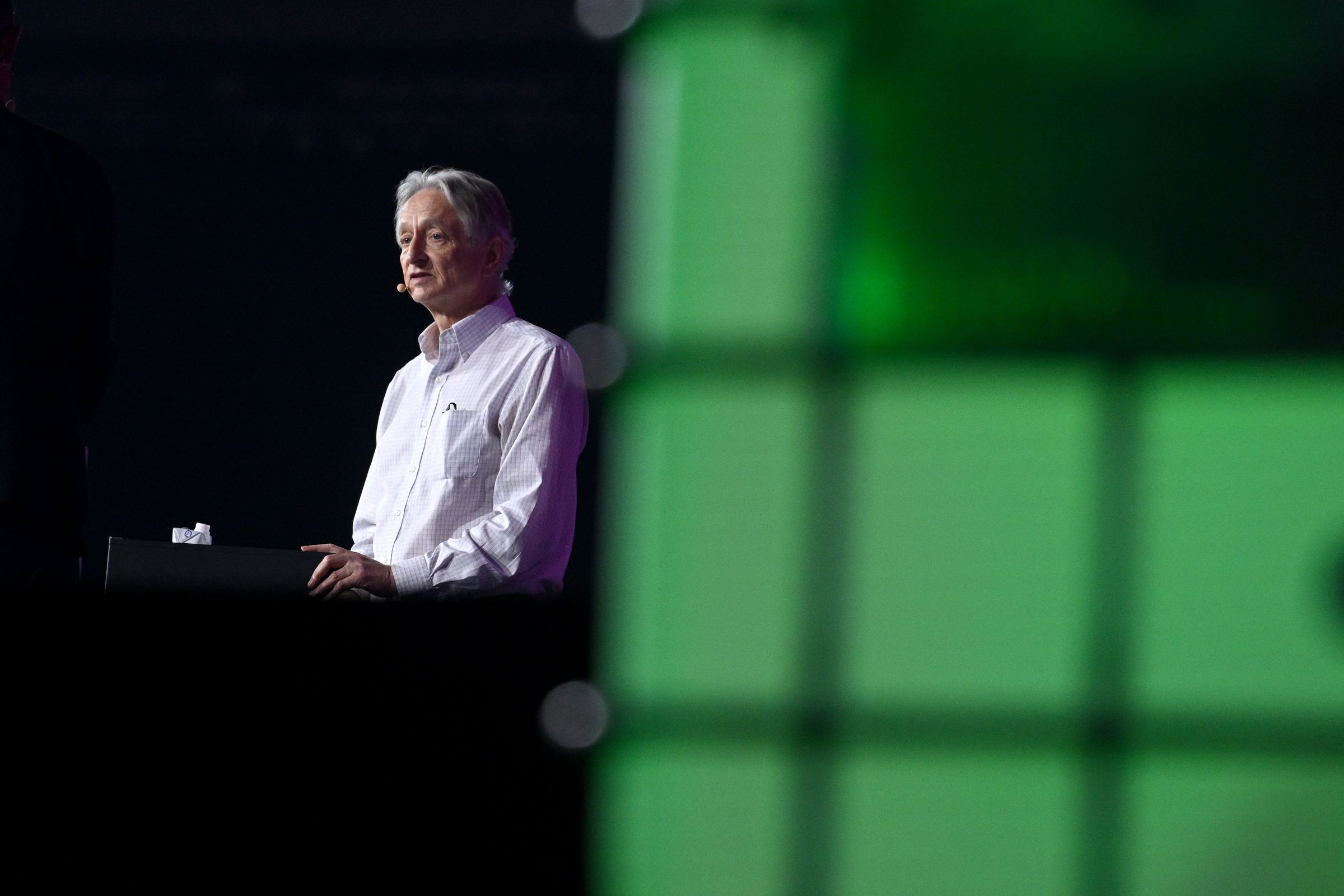Two scientists credited with laying the “foundation of today’s powerful machine learning,” University of Toronto professor emeritus Geoffrey Hinton and Princeton University professor John Hopfield, were awarded the Nobel Prize in physics today.
Their discoveries and inventions laid the groundwork for many of the recent breakthroughs in artificial intelligence, the Nobel committee at the Royal Swedish Academy of Sciences said. Since the 1980s, their work has enabled the creation of artificial neural networks, computer architecture loosely modeled after the structure of the brain.
By mimicking the way our brains make connections, neural networks allow AI tools to essentially “learn by example.” Developers can train an artificial neural network to recognize complex patterns by feeding it data, undergirding some of the most high-profile uses of AI today, from language generation to image recognition.
“It is hard to see how you can prevent the bad actors from using it for bad things.”
“I had no expectations of this. I am extremely surprised and I’m honoured to be included,” a “flabbergasted” Hinton said in a University of Toronto news release.
Hinton, often called “The Godfather of AI,” told The New York Times last year that “a part of him … now regrets his life’s work.” He reportedly left his post at Google in 2023 in order to be able to call attention to the potential risks posed by the technology he was instrumental in bringing to fruition.
“It is hard to see how you can prevent the bad actors from using it for bad things,” Hinton said in the NYT interview.
The Nobel committee recognized Hinton for developing what’s called the Boltzmann machine, a generative model, with colleagues in the 1980s:
Hinton used tools from statistical physics, the science of systems built from many similar components. The machine is trained by feeding it examples that are very likely to arise when the machine is run. The Boltzmann machine can be used to classify images or create new examples of the type of pattern on which it was trained. Hinton has built upon this work, helping initiate the current explosive development of machine learning.
Hinton’s work builds on fellow awardee John Hopfield’s Hopfield network, an artificial neural network that can recreate patterns:
The Hopfield network utilises physics that describes a material’s characteristics due to its atomic spin – a property that makes each atom a tiny magnet. The network as a whole is described in a manner equivalent to the energy in the spin system found in physics, and is trained by finding values for the connections between the nodes so that the saved images have low energy. When the Hopfield network is fed a distorted or incomplete image, it methodically works through the nodes and updates their values so the network’s energy falls. The network thus works stepwise to find the saved image that is most like the imperfect one it was fed with.
Hinton continues to raise his concerns with AI, including in a call today with reporters. “We have no experience of what it’s like to have things smarter than us. And it’s going to be wonderful in many respects,” he said. “But we also have to worry about a number of possible bad consequences, particularly the threat of these things getting out of control.”

Leave a Reply